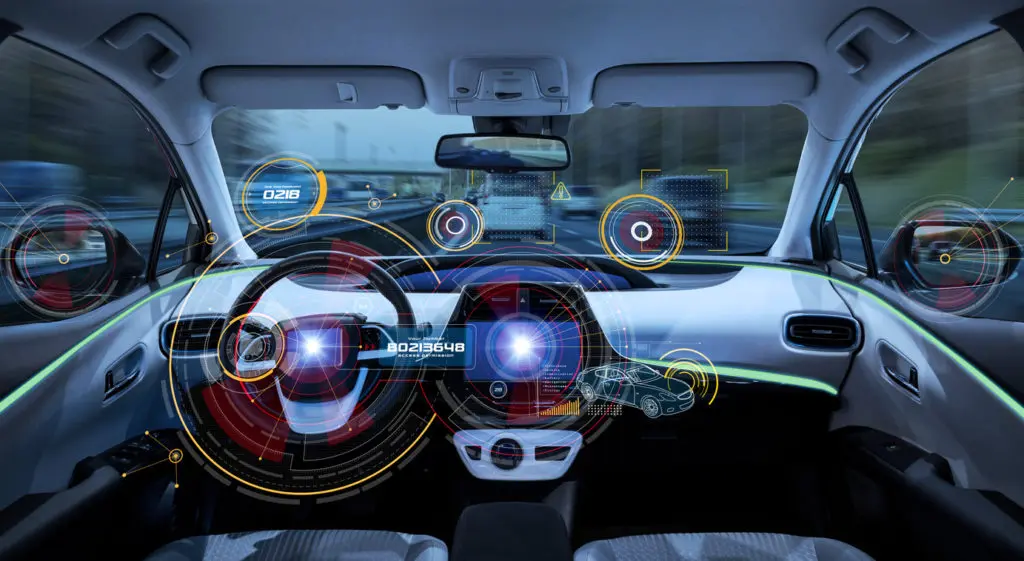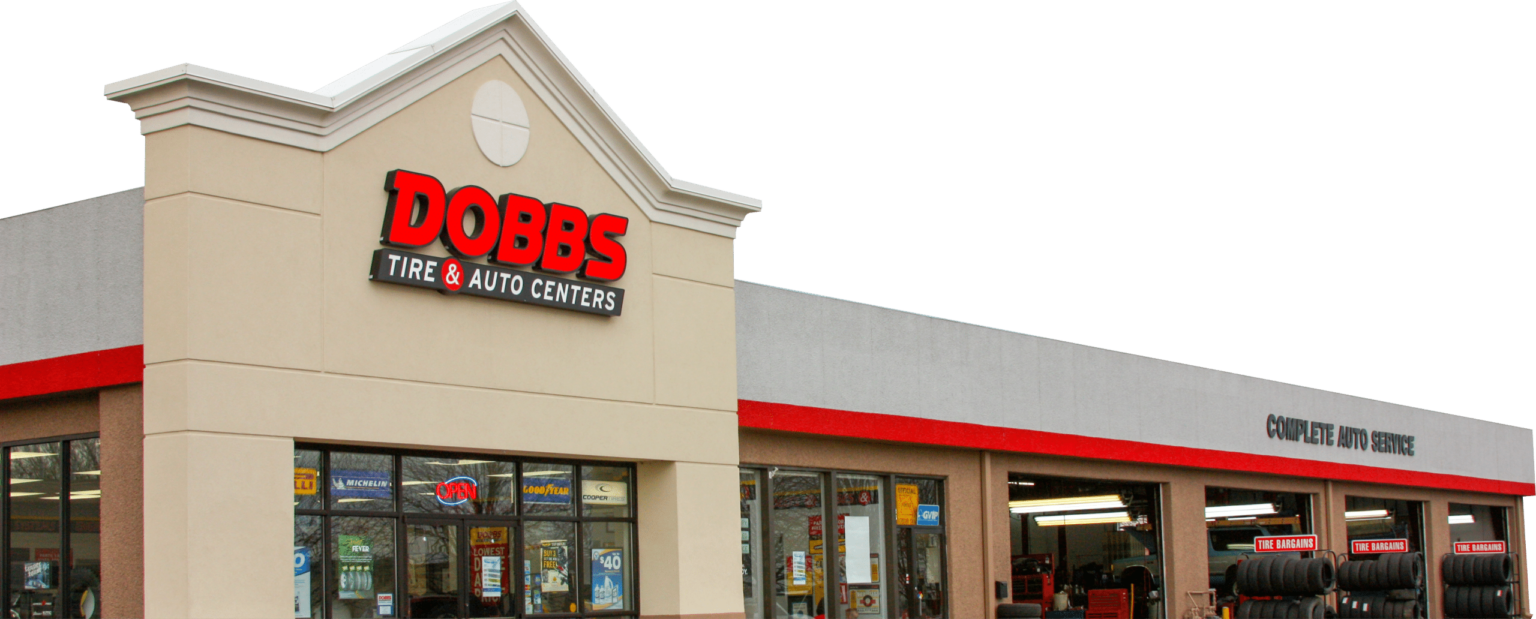How Vehicle Safety Systems Work – Part III
In the last of this three-part series, we’re continuing to look at how safety systems keep you safe on the road. Previously, we read about adaptive cruise control, traction control, electronic stability control, blind spot warning, backup camera, and parking assistance systems. Before that, we looked at anti-lock brakes, brake assist, seatbelt pretensioners, forward collision warning, automatic emergency braking, and post-collision automatic braking. This week, we’re considering a few more.
Tire Pressure Monitoring System (TPMS)
Tires are the critical link to road, so it makes sense they need to be in top shape. They’re also the most exposed, meaning punctures, damage, and leaks are all too common. The Tire Pressure Monitoring System (TPMS) keeps tabs on tire pressure problems that could lead to a reduced traction or a blowout.
Lane Departure Warning (LDW)
While cruising the highways, it seems all too easy to drift out of your lane and into another lane, perhaps even oncoming traffic! This often happens when drivers engage is distracting activities, such as talking with passengers, changing radio stations or fumbling with smartphones. Many times, this happens because of driver fatigue, at the end of a long trip, long day at work, or for lack of sleep.
Lane Departure Warning (LDW) uses cameras or lasers to detect lane markings, the yellow or white painted lines on the road. If LDW calculates the vehicle will cross the line, and the driver hasn’t signaled a lane change, it will sound an alert, light up a warning lamp, or buzz the steering wheel or seat. These warnings alert the driver to make a correction before getting into a dangerous situation.
Lane Keeping Assist (LKA)
An evolution of the LDW system, Lane Keep Assist (LKA) goes one step further. While LDW alerts the driver to an unintended lane change, LKA actively works to keep you in the right lane. Using electronic power steering, LKA can nudge your car in the right direction to keep you in your lane. Signaling a lane change will cancel this function, and some advanced systems can determine the difference between drifting and an unsignaled lane change.
Driver Alertness Detection System (DADS)
With smartphones and connected cars, distracted driving has become even more of a problem than it ever has been – as if tuning in the radio weren’t enough of a distraction! In fact, in 2015 alone, distracted driving accounted for over 3,000 traffic fatalities and nearly 400,000 injuries.
The Driver Alertness Detection System (DADS), also known as Driver Monitoring or Driver Drowsiness Detection, uses cameras and various sensors to determine how much the driver is paying attention to the road. If other systems, such as Adaptive Cruise Control, Lane Departure Warning, or Forward Collision Assist detect a dangerous situation developing, and DADS detects the driver not paying attention, DADS can warn the driver via alerts sounds, warning lights, possibly even applying the brakes to slow the vehicle.
Automatic High Beams (AHB)
High beams and low beams have a specific purpose. Low-beams, illuminate the area directly in front of the vehicle, up to 400 ft, and enable other drivers to see you at night. High-beams are used for long-distance visibility, at least 500 ft. High beams should never be used when within 500 ft of an oncoming driver or 300 ft of the driver in front of you – Check local law for specifics. High beams should also not be used in heavy rain, snow, or fog.
To prevent high beams from momentarily “dazzling” other drivers, Automatic High Beam (AHB) system light meters detect the presence of other vehicles. If AHB detects another vehicle within range, it automatically switches the system to low beams. Once other vehicles are out of range, AHB switches back to high beams.
Infrared Night Vision
Human beings can’t see very well in the dark, but infrared night vision can significantly improve driver vision at night. Passive systems work at greater range, up to 1,000 ft, helping to identify and avoid pedestrians, cyclists, and animals. Active systems work at a shorter range, up to 600 ft, and more readily identify non-living obstacles.
Specialized cameras capture infrared light, either naturally emitted (living things) or reflected (from the projectors), and then put this image on a HUD or other display in the driver’s field of view. Better night visibility, in the end, results in safer drivers.
Autonomous Vehicles
Most of the safety systems that we’ve discussed are already being taken to their next logical stage of evolution – autonomous vehicle technology. Using multiple cameras, laser ranging, and other detection systems, autonomous vehicles are even more aware of their surroundings than we are. Using data gathered over millions of miles of testing, and more every day, autonomous vehicles already drive safer than we do. Plus, they don’t get tired, angry, or distracted.
Some automakers suggest that such technology could be on the road by 2020 – this hasn’t stopped some from making limited versions of it available – and states have already started working on legislation to allow for it. Considering that driver error accounts for over 90% of all traffic incidents, could autonomous vehicles, removing the human driver, be the ultimate in vehicle safety systems?
Dobbs Tire & Auto Centers Answer Vehicle Safety Systems Questions
No matter what vehicle you drive and what vehicle safety systems it uses, Dobbs Tire & Auto Centers can help you keep it running properly. If you have warning lights or some other safety concern, our ASE-Certified technicians have the tools and experience to diagnose and repair it. Stop in one of our 45 locations in the St. Louis, MO, area, and take the first step to keeping your car safer.
Image via Wikimedia

